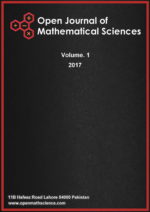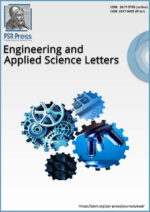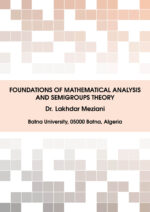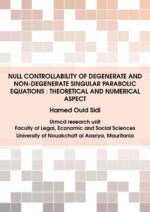Expansion of the Jensen \((\Gamma_{1},\Gamma_{2})\)-functional inequatities based on Jensen type \((\eta,\lambda)\)-functional equation with \(3k\)-Variables in complex Banach space
Abstract: In this paper, we work on expanding the Jensen \((\Gamma_{1},\Gamma_{2})\)-function inequalities by relying on the general Jensen \((\eta,\lambda)\)-functional equation with \(3k\)-variables on the complex Banach space. That is the main result of this.









